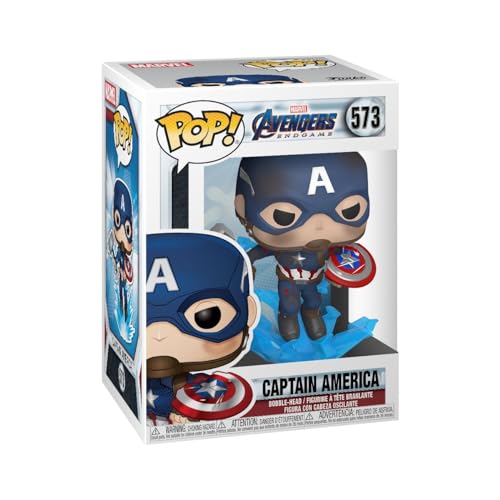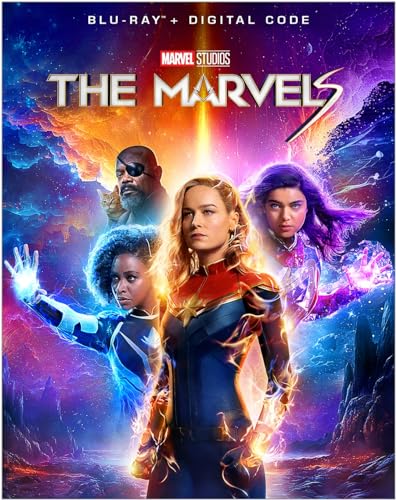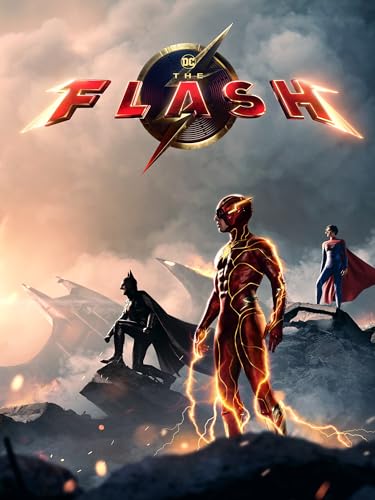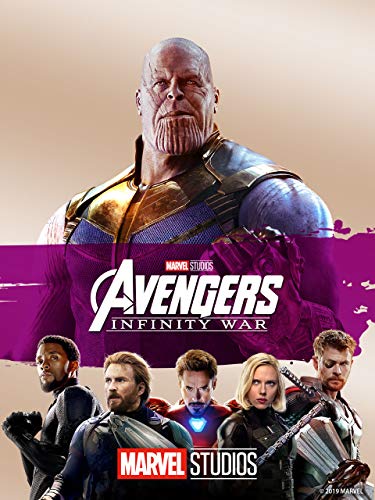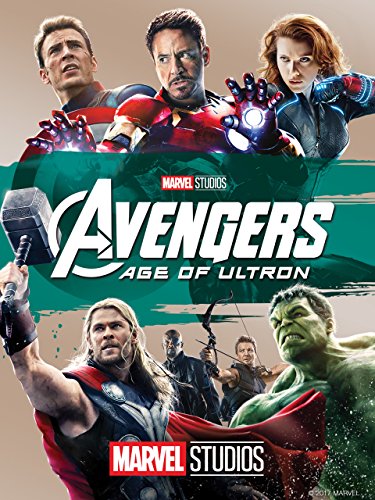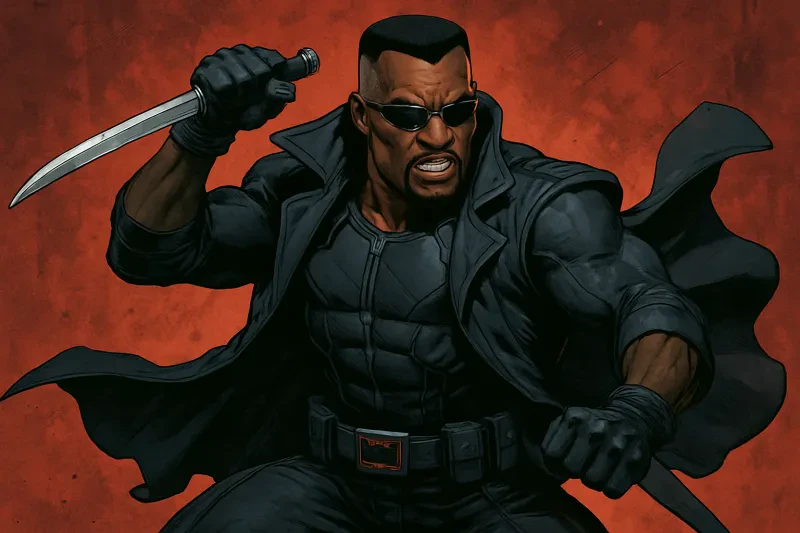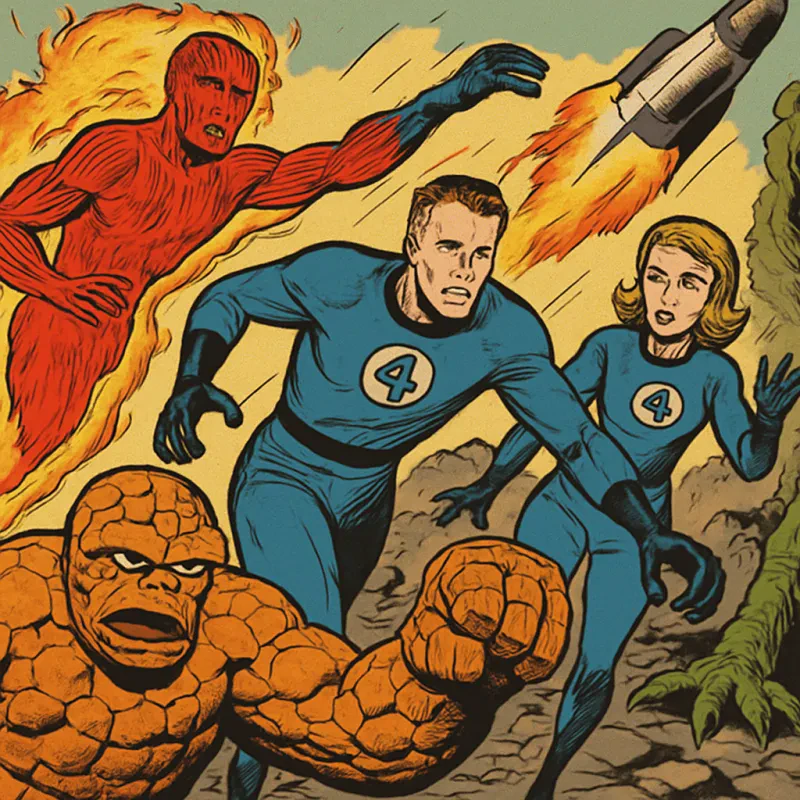Superheroes have become an integral part of popular culture, captivating audiences of all ages and backgrounds. These extraordinary characters with superhuman abilities have been entertaining and inspiring us for decades. From their humble beginnings in comic books to their dominance in movies and television, superheroes have left an indelible mark on society. They have become symbols of hope, justice, and the triumph of good over evil.
The history of superheroes can be traced back to the early 20th century when comic books emerged as a popular form of entertainment. The first superhero to capture the imagination of readers was Superman, created by Jerry Siegel and Joe Shuster in 1938. This iconic character with his super strength, invulnerability, and ability to fly set the stage for the superhero genre. Soon after, other superheroes like Batman, Captain America, and Wonder Woman made their debut, each with their unique powers and abilities.
The Birth of Superheroes: Origins and Early Years in Comic Books
Superman's introduction in Action Comics #1 marked the birth of the superhero genre. This character, with his alter ego Clark Kent, became an instant sensation and paved the way for other superheroes to follow. Batman, created by Bob Kane and Bill Finger in 1939, brought a darker and more mysterious tone to the genre. With his detective skills and gadgets, Batman fought crime in Gotham City.
Captain America, created by Joe Simon and Jack Kirby in 1941, embodied the patriotic spirit during World War
Marvel Avengers Endgame Captain America with Broken Shield
Unleash the Power of Justice with Captain America's Broken Shield in Marvel's Avengers Endgame
Product information
$14.50 $12.99
Product Review Score
4.81 out of 5 stars
28 reviewsProduct links
His shield became an iconic symbol of American heroism. Wonder Woman, created by William Moulton Marston in 1941, was a groundbreaking character as one of the first female superheroes. She represented strength, compassion, and equality.
These early superheroes drew inspiration from various sources such as pulp fiction, mythology, and science fiction. They combined elements of larger-than-life heroes from mythology with the technological advancements and scientific discoveries of the time. This fusion of genres created a new kind of hero that resonated with readers.
The Golden Age of Superheroes: Popularity and Cultural Impact in the 1940s-1950s
The 1940s and 1950s marked the golden age of superheroes, with their popularity reaching new heights. Superhero teams like the Justice Society of America and All-Star Comics brought together multiple heroes to fight evil. These team-ups allowed for exciting crossovers and expanded the superhero universe.
World War II had a significant impact on superhero comics. Characters like Captain America were created as a response to the war, providing a sense of hope and inspiration to readers. Superheroes became symbols of American values and ideals, fighting against tyranny and injustice.
However, this era also saw the emergence of comic book censorship and the Comics Code Authority. Concerns about the influence of comic books on children led to the establishment of guidelines that restricted certain content. This censorship had a lasting impact on the superhero genre, shaping the way superheroes were portrayed for years to come.
The Silver Age of Superheroes: Innovation and Experimentation in the 1960s-1970s
The 1960s and 1970s brought about a new wave of innovation and experimentation in superhero comics. Classic superheroes like Spider-Man, Fantastic Four, and X-Men were reinvented with more complex personalities and relatable struggles. Spider-Man, created by Stan Lee and Steve Ditko in 1962, was a teenage superhero dealing with everyday problems while trying to save the world.
New superheroes were also introduced during this time, such as Iron Man, Thor, and Hulk. These characters reflected the changing times and addressed social issues like war, racism, and environmentalism. They became more than just symbols of power; they became vehicles for social commentary.
The counterculture movement of the 1960s and the civil rights movement influenced superhero comics, pushing boundaries and challenging societal norms. Superheroes became more diverse, representing different races, genders, and sexual orientations. This era marked a shift towards inclusivity and social relevance in superhero storytelling.
The Bronze Age of Superheroes: Social Relevance and Diversity in the 1970s-1980s
The 1970s and 1980s continued the trend of socially conscious storytelling in superhero comics. Green Lantern/Green Arrow, Luke Cage, and Black Panther were among the superheroes who tackled issues like racism, poverty, and corruption. These characters confronted real-world problems head-on, making them more relatable to readers.
Female and LGBTQ+ superheroes also began to emerge during this time. Characters like Ms. Marvel, Batwoman, and Northstar broke new ground by representing marginalized communities. They provided much-needed representation and paved the way for more diverse superheroes in the future.
The Watergate scandal and the Vietnam War had a profound impact on superhero comics. The disillusionment and mistrust that permeated society were reflected in the stories of superheroes who questioned authority and fought against corruption. Superheroes became symbols of resistance and hope in a world plagued by injustice.
The Modern Age of Superheroes: Complexity and Realism in the 1980s-1990s
The 1980s and 1990s brought about a new era of complexity and realism in superhero storytelling. Works like Watchmen by Alan Moore and Dave Gibbons, and The Dark Knight Returns by Frank Miller challenged traditional notions of heroism. These deconstructions of superheroes explored the psychological toll of being a hero and questioned the morality of their actions.
Antiheroes like Punisher, Wolverine, and Spawn gained popularity during this time. These characters blurred the line between hero and villain, often resorting to extreme measures to achieve justice. They reflected a growing cynicism and disillusionment with traditional superhero tropes.
Postmodernism and the rise of graphic novels had a significant influence on superhero comics. The medium became more mature and sophisticated, tackling complex themes and exploring the human condition. Superheroes were no longer just symbols of power; they became flawed and relatable characters struggling with their own demons.
The Rise of Superhero Movies: From Superman to Batman and Beyond
Superhero movies have been a staple of Hollywood for decades, but it was in the late 20th century that they truly began to dominate the box office. Superman: The Movie in 1978 and Batman in 1989 set the stage for the superhero movie boom that would follow.
However, not all superhero movies were successful during this time. Films like Batman & Robin in 1997 and Steel in 1997 were critical and commercial failures, leading to a decline in the genre's popularity. It seemed that audiences were growing tired of the formulaic and campy nature of these films.
But everything changed in the early 2000s with the release of Spider-Man in 2002 and X-Men in 2000. These films brought a new level of realism and sophistication to the genre, appealing to both comic book fans and general audiences. The Dark Knight trilogy by Christopher Nolan further solidified the genre's credibility, proving that superhero movies could be serious and thought-provoking.
The Marvel Cinematic Universe: How Marvel Changed the Game with Shared Universe and Interconnected Stories
Marvel Studios revolutionized the superhero movie genre with the creation of the Marvel Cinematic Universe (MCU). Starting with Iron Man in 2008, Marvel embarked on an ambitious project to create a shared universe where characters from different films could interact and coexist.
The success of Iron Man and The Avengers in 2012 proved that this interconnected storytelling approach could work. Audiences were captivated by the idea of a larger narrative unfolding across multiple films. The MCU became a cultural phenomenon, with each new film building on the previous ones and leading to epic crossover events.
The MCU's impact on superhero movies and pop culture cannot be overstated. It has inspired other studios to create their own shared universes and has changed the way movies are marketed and consumed. The success of the MCU has also allowed Marvel to take risks and introduce lesser-known characters like Guardians of the Galaxy and Black Panther to mainstream audiences.
However, maintaining continuity and balancing multiple characters and storylines is no easy task. The MCU has faced challenges in keeping its narrative cohesive while also allowing individual films to stand on their own. As the universe continues to expand, Marvel must find a delicate balance between fan expectations and creative freedom.
The DC Extended Universe: Challenges and Opportunities for DC Comics on the Big Screen
While Marvel was dominating the superhero movie landscape with the MCU, DC Comics struggled to find its footing on the big screen. Films like Man of Steel in 2013 and Batman v Superman: Dawn of Justice in 2016 received mixed reviews from critics and divided audiences.
However, DC found success with Wonder Woman in 2017 and Aquaman in 2018. These films showcased strong storytelling, compelling characters, and visually stunning action sequences. They proved that DC had the potential to create successful superhero movies outside of the shadow of Marvel.
The future of the DC Extended Universe (DCEU) remains uncertain, but there are opportunities for growth and improvement. With upcoming films like Shang-Chi, She-Hulk, and Moon Knight, DC has a chance to redefine its cinematic universe and create unique stories that resonate with audiences.
The Evolution of Superhero Stories: From Simple Good vs. Evil to Complex Moral and Political Issues
Superhero stories have evolved over the years, moving away from simplistic narratives of good versus evil towards more complex and nuanced storytelling. The shift from black-and-white morality to shades of gray has allowed for more compelling and thought-provoking narratives.
Superheroes are no longer infallible paragons of virtue; they are flawed and conflicted individuals who must grapple with difficult choices. They face moral dilemmas and must navigate the complexities of a morally ambiguous world. This evolution has made superhero stories more relatable and reflective of the human experience.
Superhero comics have also become a platform for exploring real-world issues. Terrorism, surveillance, immigration, and social inequality are just a few of the topics that have been addressed in superhero stories. By tackling these issues, superheroes have become a lens through which we can examine and understand our own society.
The inclusion of diverse voices and perspectives has also had a significant impact on superhero stories. Female, LGBTQ+, and minority characters have been given more prominent roles, providing representation and challenging traditional stereotypes. This diversity has enriched the superhero genre and allowed for a wider range of stories to be told.
The Future of Superheroes: New Characters, New Formats, and New Audiences
The future of superheroes is bright, with new characters, formats, and audiences emerging. Indie and webcomics have gained popularity in recent years, allowing creators to tell unique and unconventional superhero stories. Works like Saga, Ms. Marvel, and The Umbrella Academy have garnered critical acclaim and attracted new readers.
Superhero movies and TV shows continue to dominate the entertainment industry. With upcoming projects like Shang-Chi, She-Hulk, and Moon Knight, audiences can expect to see new characters brought to life on the big screen. These films have the potential to introduce lesser-known superheroes to mainstream audiences and expand the genre's reach.
Reaching new audiences is crucial for the future of superheroes. The genre must continue to evolve and adapt to remain relevant in an ever-changing world. By embracing diverse voices and exploring new formats, superheroes can continue to inspire and entertain audiences of all backgrounds.
The Legacy of Superheroes: What Superheroes Mean to Us and Why They Endure
Superheroes have become more than just fictional characters; they have become symbols of hope, inspiration, and the triumph of good over evil. They embody our values, beliefs, and aspirations. They remind us that even in the face of adversity, we can rise above and make a difference.
The cultural significance of superheroes cannot be overstated. They have influenced our language, fashion, and even our political discourse. They have become a part of our collective consciousness, shaping the way we view the world.
Superheroes have the power to inspire positive change and promote social justice. They can challenge us to be better and to fight for what is right. By embracing diversity and inclusivity, superheroes can continue to be a force for good in the world.
In conclusion, superheroes have had a profound impact on popular culture and society as a whole. From their origins in comic books to their dominance in movies and television, superheroes have captivated audiences with their extraordinary abilities and compelling stories. They have evolved over the years, reflecting the changing times and addressing real-world issues. Superheroes inspire us to be heroes in our own lives, reminding us that we all have the power to make a difference.
